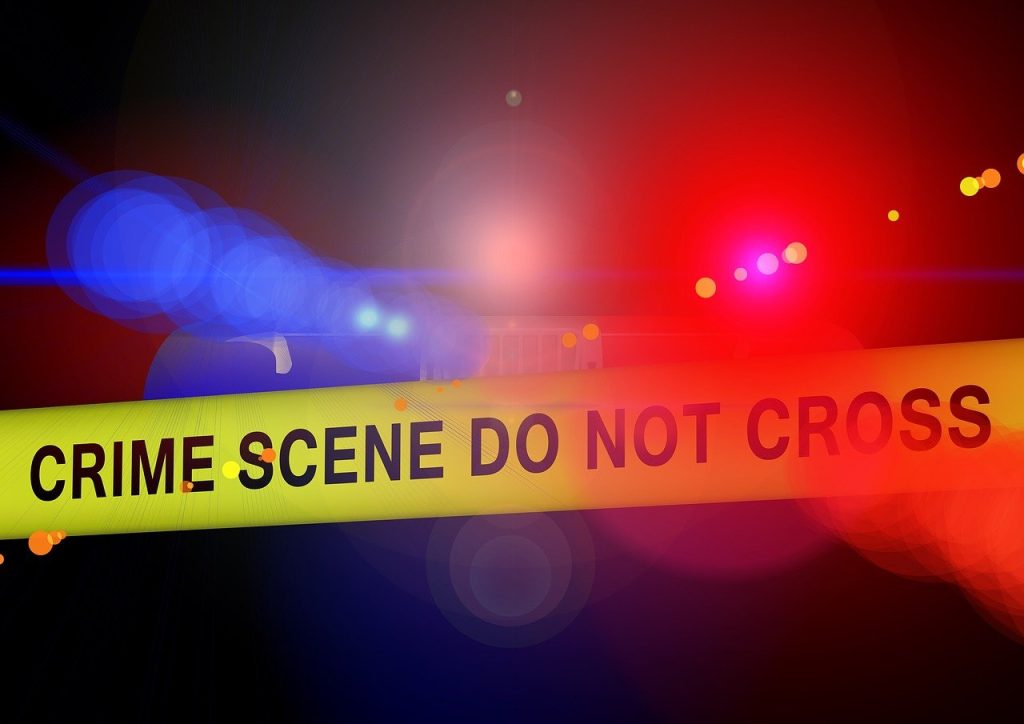
Image Credit: Pixabay
By Saul Roth
The best way to collect physical evidence is by using appropriately-colored clothing, which will help you be easily identified as an official investigator. Biological substances such as blood or urine can also provide valuable insight into what happened at the scene of crime. For example, if there were hairs pulled out from someone’s head with rough, traumatic injuries, then this would indicate robbery rather than something else. Latent print patterns left behind during different times may eventually give clues about who was involved in certain crimes – even though they might seem insignificant.
Collecting all this information is important so that your case doesn’t fall apart. The types of evidence you can use includes digital traces like cell phone records, Internet logins and emails among others; physical items such as knives or guns found at the scene (even if they’re not necessarily used in a crime) – every detail helps.
When a crime occurs, the activities of first responders to arrive at the site will be crucial. Their role during an investigation is often times what determines how much evidence gets collected and whether or not they can do their job effectively without any complications from external factor, such as weather conditions that might affect scene integrity. Larger agencies typically have highly trained specialists who specialize solely in investigating criminal scenes, while smaller agencies must juggle other responsibilities alongside taking care of things like collecting physical evidence found near where crimes happened.
The detective is responsible for interviewing persons of interest and victims, pursuing leads, and piecing together the information that’s developed from materials collected at a crime scene. The officer works in tandem with teams who search scenes as well as collecting evidence.
Some of the most vital aspects to a successful investigation are evidence collection and forensics. The crime scene photographer is responsible for taking pictures at scenes that may later need verification, while also ensuring they’re qualified in photographing all different types from prints left behind by suspects or victims depending on what’s discovered during their work at the scene.
Fingerprint specialists will go through every detail capturing how many fingers were used when pressed against certain surfaces so they can match them up with databases based off of both condemned criminals’ identities, as well any unknown latent patterns found within environments like walls – even furniture sometimes gets touched without someone being aware of it until later on.
The type of crime scene you’re assigned to investigate can make a world of difference in how it’s processed. For example, when working at homicide scenes there are certain procedures that must be followed because evidence has been destroyed or damaged by violence which makes identifying pieces harder than if nothing had happened – this could include collecting samples from surfaces for testing as well documenting locations where items were found so they may eventually get reunited with their owners.
When law enforcement arrives at a crime scene, they typically find one thing: the focal point. This could be anything from an area that’s been ransacked, or where there was even physical evidence left behind, like fingerprints and clues to who committed the crime against another human being. From here, all other areas will radiate outwards until they’ve covered every nook and cranny with potential evidence – which means their task isn’t just about finding what matters but rather making sure nothing gets overlooked.
The first responder’s goal is to preserve the integrity of crime scenes. This can be done by condensing a scene before it becomes too immense, which in turn allows for more efficiently exploring and identifying potential paths taken by suspects or victims. However, this may cause destruction if not careful enough with sensitive evidence, especially when there are media present who might want pictures taken at your site. It would also help to identify safety concerns, such as approach routes through areas where people could potentially trip over anything left behind (like footprints), so they make sure they keep them away from any possible hazardous material found near these scenes.
There is always the chance that evidence will be lost or contaminated when responders arrive at a crime scene. It’s important to quickly secure any areas where victims were present so their personal affects don’t get overlooked.
To maintain control of the scene, yellow crime-scene tape may be used to seal off access points. In addition, there is often an entryway that all personnel entering or leaving through that point will have their identity documented so they do not cross over into crime scene investigation areas.
To find the best evidence, you need to know what kind of crime was committed. Knowing this will help with gathering information from witnesses or people who may be suspects in your case and prove their involvement, if it exists.
Crime scene specialists are trained to document the condition of a space before, during, and after an investigation. They create evidence free pathways for sampling by sweeping areas clean with their equipment or vacuuming up any dirt that has been misplaced in order investigate possible clues at crime scenes without having other items moved around which could disrupt potentially identifying features such as fingerprints.
A thorough path will be made available so samples can easily go from one place onto paper towels while examination takes place elsewhere.
In order to help identify the most valuable evidence at a crime scene, preliminary screening tests may be conducted on site. These are called presumptive examinations and they’re an important step in collecting usable data from investigation.
The use of these tests can be a great way to determine what type or substance is present – whether it’s an irritant like a toxic fluid, or bodily fluids, it can be the difference between a successful or unsuccessful investigation.

Recent Comments